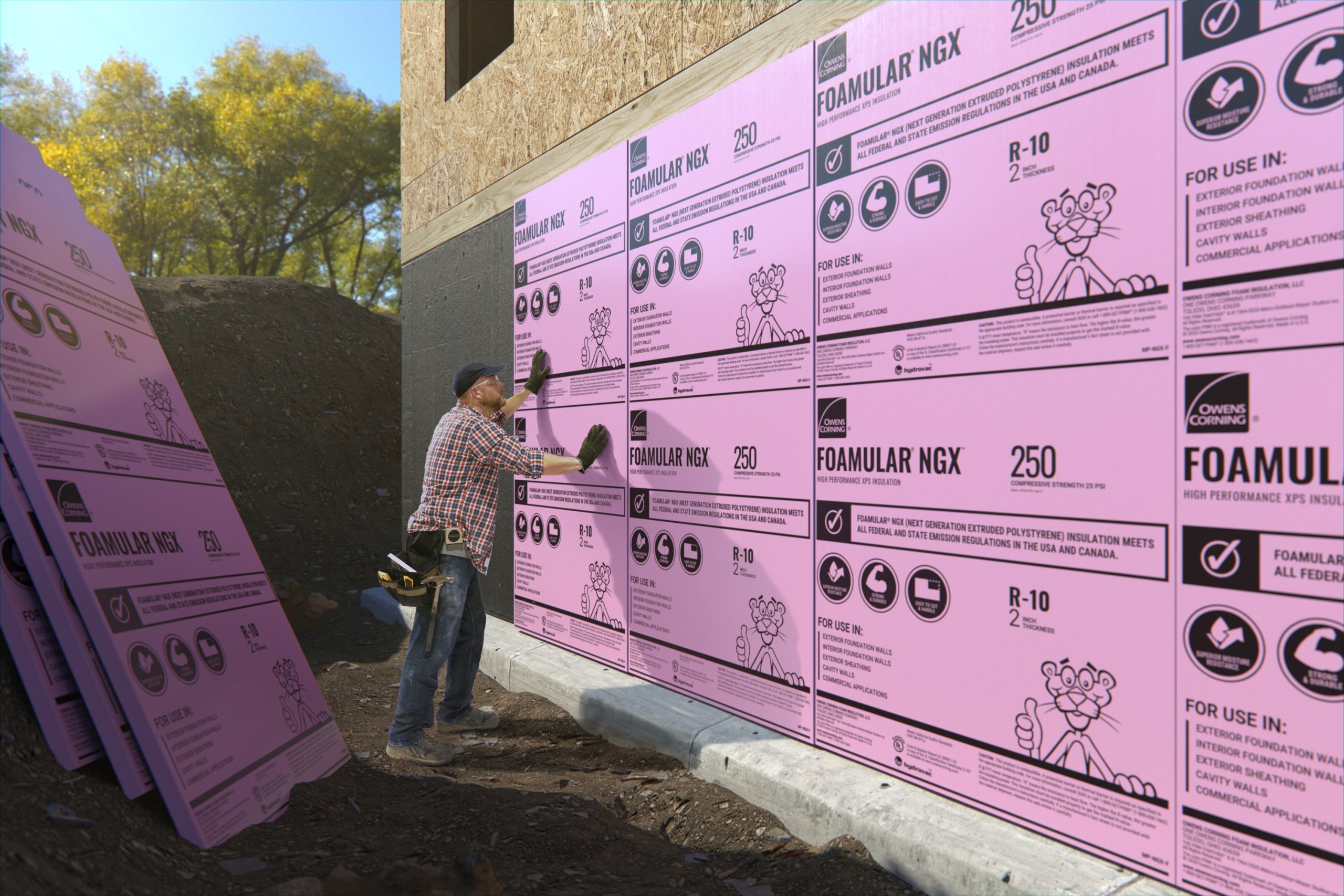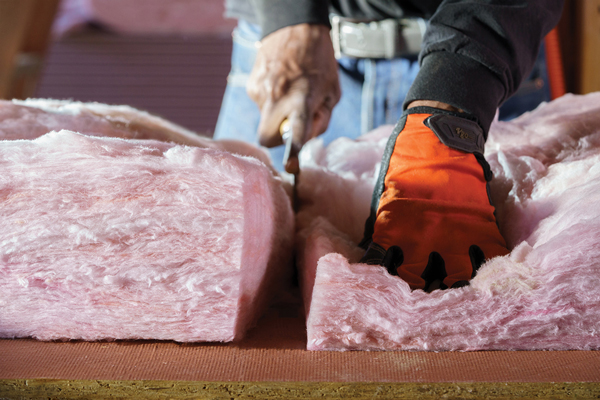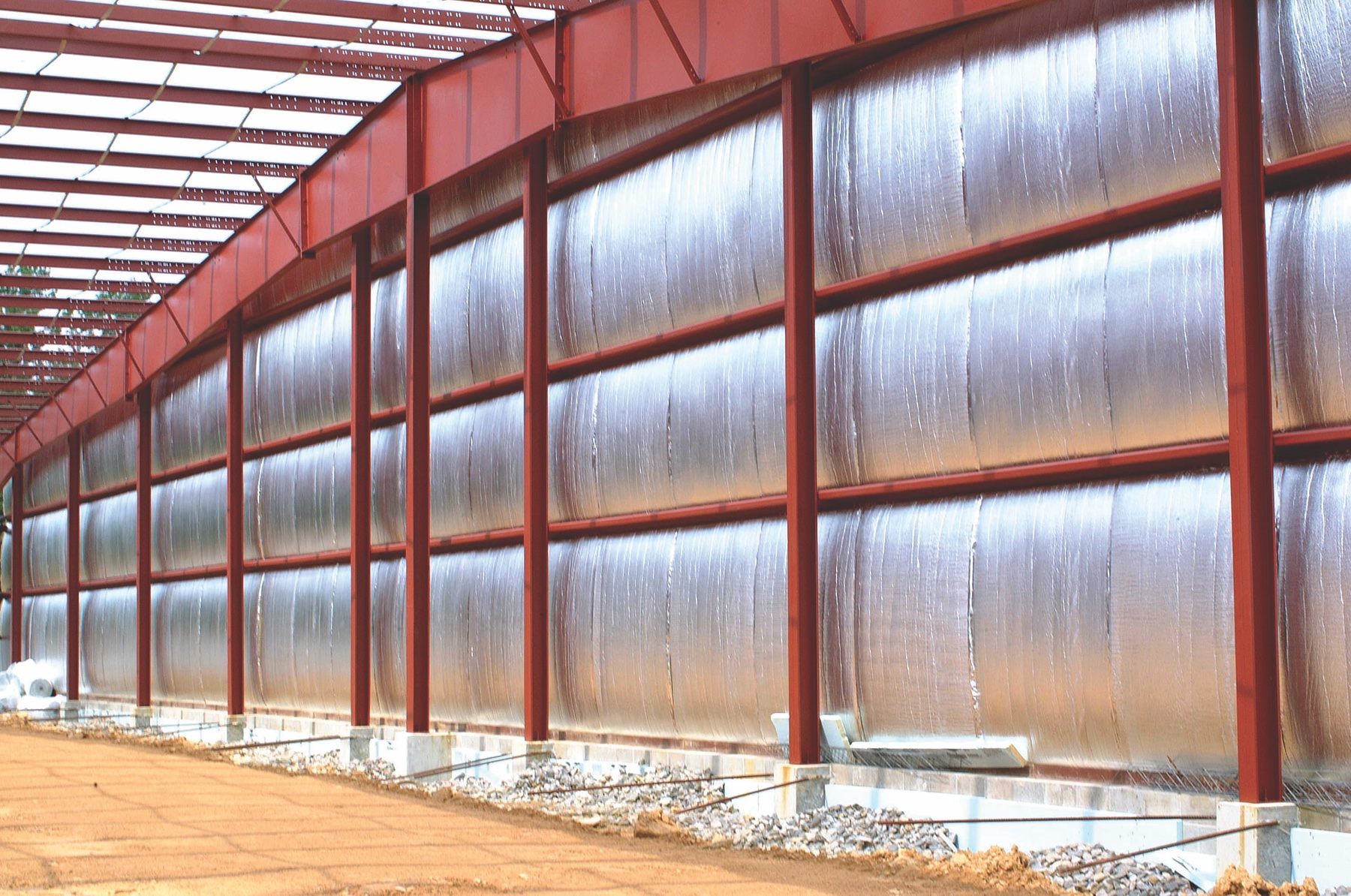The effectiveness of insulation is highly dependent on how it is installed. Because of this, there is a grading scale in place that provides a single set of guidelines for the many installers in various construction disciplines and sets a quality threshold for energy efficiency certifications like LEED, NHBA, and ENERGY STAR®. In general, Grade 1 refers to minor defects, Grade 2 moderate defects, and Grade 3 substantial defects based on the stated criteria.
The Basics
The RESNET grading system has four main requirements:
1. The insulation is installed to the manufacturer’s specifications
2. No air spaces between different insulation types or systems (except for reflective insulation that works with an air barrier)
3. Insulation is installed to the required density and thickness to achieve the labeled R-Value
4. Insulation fits around obstructions (framing, wiring, pipes, etc.) without gaps
Of course, these requirements are interpreted and implemented differently for each type of insulation material: insulated sheathing, batt insulation, loose fill insulation, open- and closed-cell spray polyurethane foam (SPF), and reflective insulation.
The best way to ensure a Grade 1 rating is to have the requirements on-hand so you can check your progress as you go along. The current approved standards, ANSI/RESNET/ICC 301-2019, can be found in PDF format at codes.iccsafe.org. And if you’re really into reading code language, you can purchase a printed version for your library.
Carrying around 160 pages of codes isn’t practical, but the appendices of the document have some useful, condensed information. Appendix A includes the grading system spelled out with examples for each type of insulation. Appendix B is a very detailed guide of procedures for building inspectors, so you can see exactly what an inspector is looking for. It’s like an open-book test!
There is a lot to know but understanding the standards that apply to the insulation you work with most-frequently is useful and achievable. For simplicity’s sake, the guidelines in the table will apply to wall assemblies, but there are guidelines available that cover everything from flooring and roof assemblies to HVAC systems and ceiling fans.
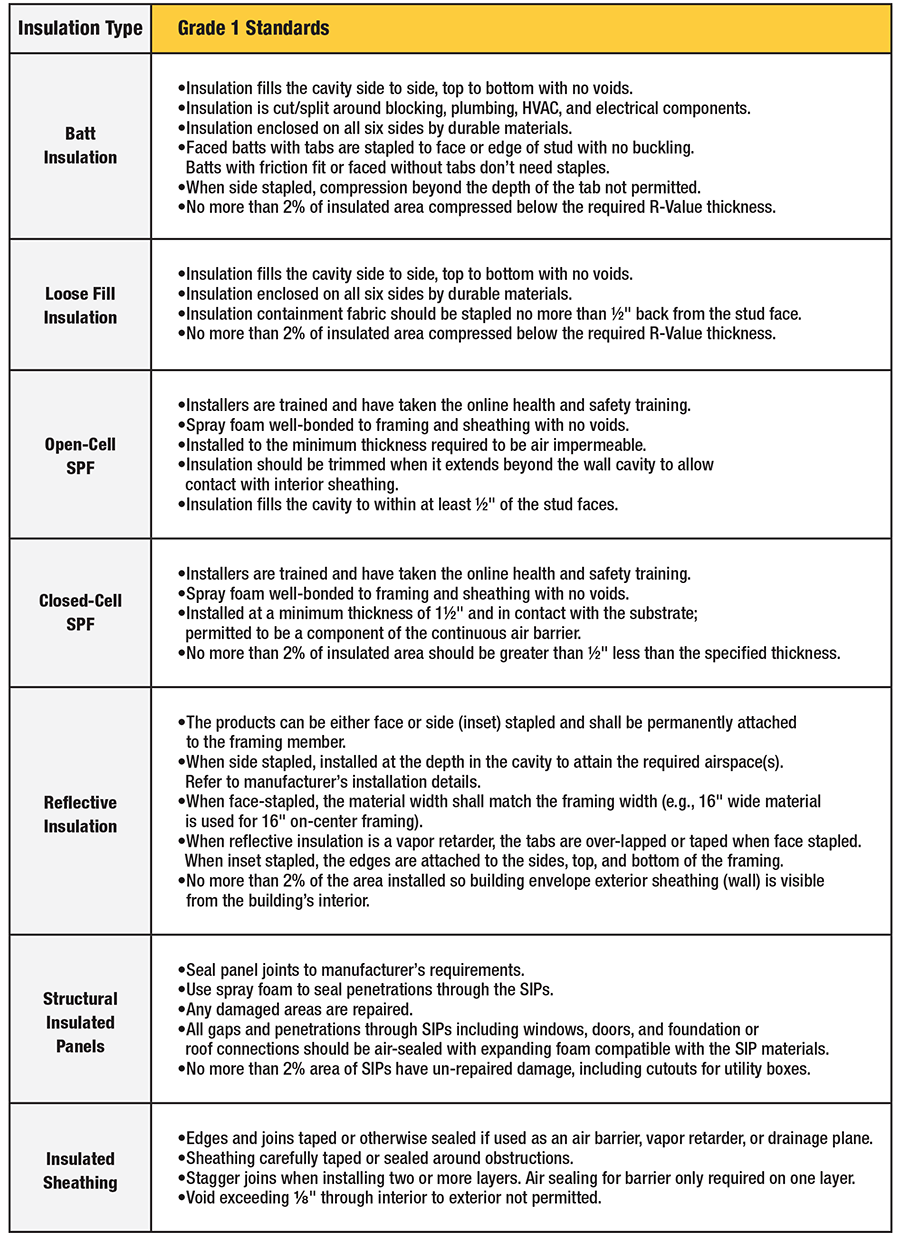
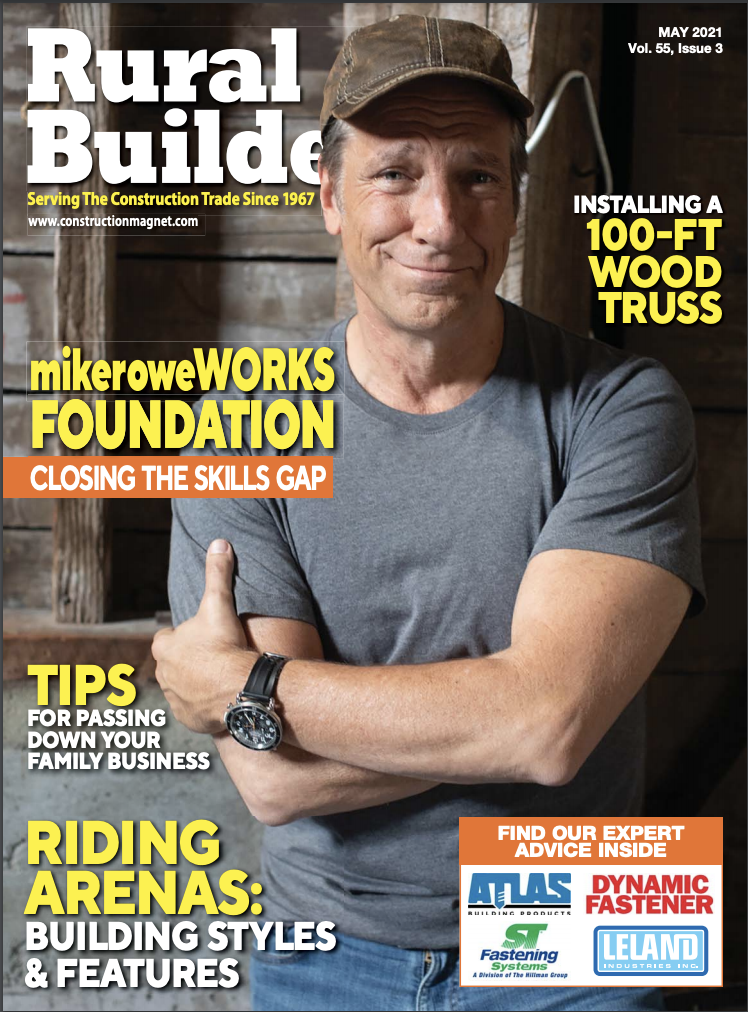
Subscriptions to Rural Builder magazine are free to anyone in construction-related trades. No strings, no catches. Sign up today for your free magazine subscriptions.


